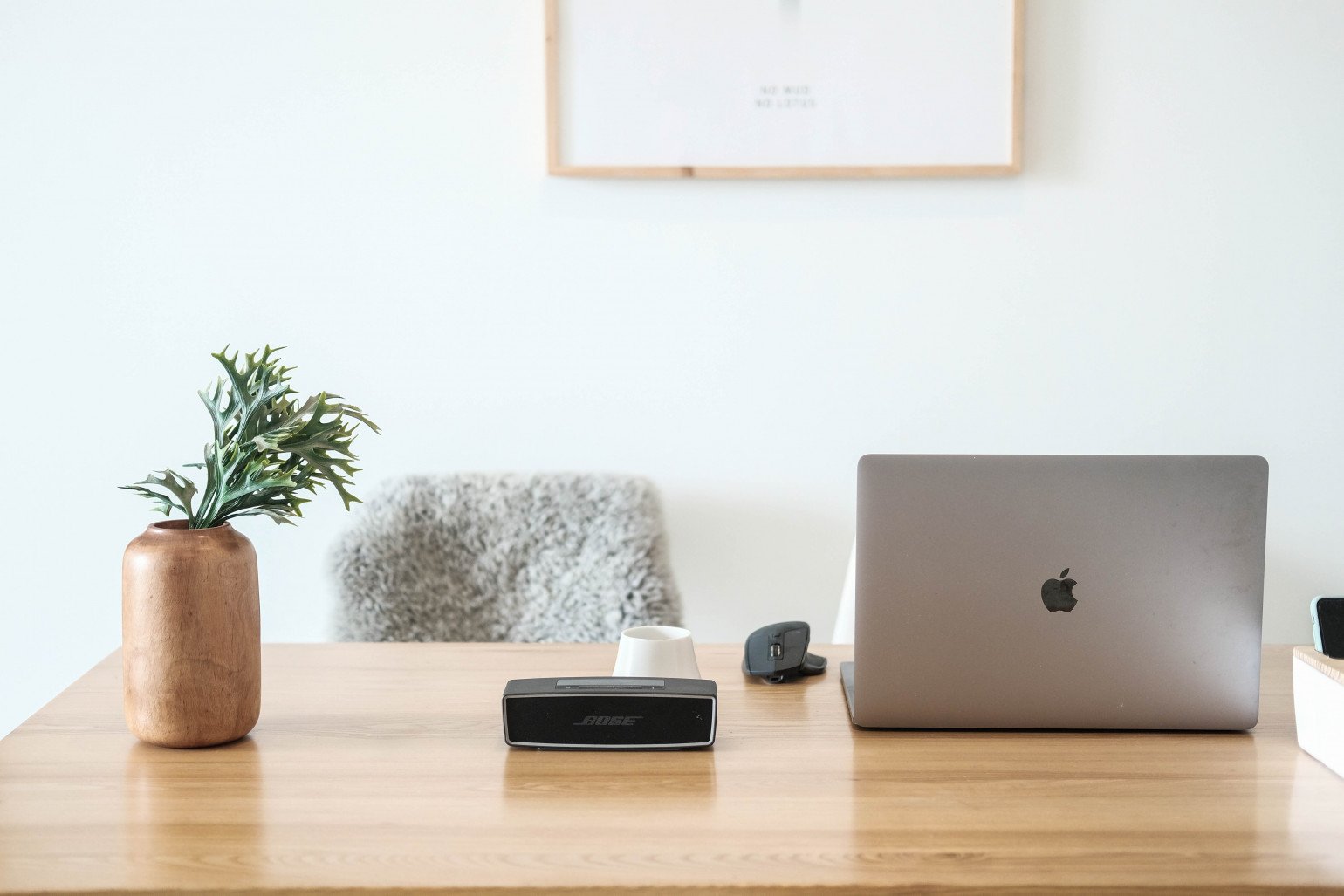Using Time-Tracking to Stay Focused at Home

If you’re still working remotely as a result of the COVID-19 pandemic, then give yourself a pat on the back. You’ve made it over two months carrying on your professional life as best as you can from your kitchen table. You’ve probably faced distractions and challenges you never thought possible – like screaming toddlers, toilet paper crises, and conflict with your spouse/roommate/partner over who has to go to the grocery store. Still, you’ve made it this far. The question is, have you used time-tracking to do so?
Automatic time-tracking software can be a game-changing strategy for anyone working from home – whether you regularly worked remotely even pre-pandemic, or your job is transitioning you to a permanent state of work from home. By automatically logging your working hours and minutes, automatic time-tracking helps you stay accountable to your goals (and employer, if applicable), focused on the task at hand, and perhaps most importantly, aware of your own productivity.
Here’s how automatic time-tracking with Timing can help you slay your goals and keep winning the battle.
Stay Accountable
Perhaps one of the most significant challenges of working from home is the lack of accountability. As we mentioned in this article, it can be difficult to stay focused without the potential of a boss or coworker peeking over your shoulder, or even without the communal feel of a bustling office. You’ve got dishes to wash, items to order on Amazon, pets to feed, and children to play with. Who’s to know if you take a 10- or 20-minute break? When those breaks add up, however, you’ve got a problem on your hands: a half-completed workday by 5 PM.
Solopreneurs and freelancers also have to wrestle with the challenge of accountability. Without sticking to a strict schedule, they’re susceptible to falling behind deadlines, disappointing clients, and hitting a wall when it comes to income. And of course, they’re vulnerable to the same at-home distractions as everyone else. Instagram feeds, dirty floors, chatty roommates..the list goes on.
Time-tracking can help you stay accountable to your employer, your to-do list, and your own personal goals with the following:
End of Day Review
At the end of each workday, give yourself an honest review of how you’ve spent the day. Did you spend a reasonable amount of time on specific projects and tasks? If you didn’t finish something, or missed a deadline, is there a reason why? Timing can help you answer these questions and more with the following:
- Your Overview tab gives you a quick, comprehensive overview of your working hours and minutes for the day (or week, or month). So, if it’s 5 PM and you’ve worked a total of 3 hours and 20 minutes, you might want to dive a bit deeper…..
- Your Review tab provides a closer look at working hours or minutes, by telling you exactly where you’ve spent your time. Not only will Review let you know that you spent 2 hours and 32 minutes on Google docs; it will let you know that you spent 1 hour and 20 minutes on a Google doc titled “Q4 Budget,” and 1 hour and 12 minutes on a Google doc titled “Proposal for Client X.”
- Finally, check for potential time-suckers. Did you spend 45 minutes in your email inbox, when you should have been working on scheduling an email campaign, or drafting an outline? You may be surprised to learn how much time you’re spending on non-productive work.
Performing an end-of-day review will help increase your personal awareness of your time usage – key to staying accountable.
Use a Start and Stop Timer
If you’d like to begin a project and spend, say, 2 hours focused and keyed into that task, then you can use Timing’s start and stop timer (available in Timing Professional and Expert) to stay accountable. Simply go to General Preferences by hitting command + comma, and go into Menu Item to set a timer. When you know that your time is being tracked for a specific task, you’re less likely to fall off the tracks, so to speak.
That being said, we don’t recommend you use a start and stop timer for all of your work. One of the benefits of using Timing is that it automatically accounts for all of your working hours and minutes without you lifting a finger (or clicking a button).
Set Goals
Now, more than ever, you’ll want to get into the habit of goal-setting.
Why?
Because goal-setting gives you daily vision for a) what you’re aiming to accomplish, and b) how to accomplish it. If you’ve completed your goals at the end of the day, you can know that the day has been a success. If not, you can try again tomorrow.
Being able to quantify your productivity in this way while working from home gives much-needed structure to your day….and again, helps you to stay focused and on task. Share on XAt the beginning of each work day, set three goals that you want to accomplish by the end of the day. Don’t be overly ambitious, but don’t set your standard too low either. Three goals: Perhaps one larger project, and two admin tasks. Or, a combination of administrative tasks. Whatever your goals are, keep yourself accountable to them by writing them down.

At the end of the day, review your goals. Did you meet all three? If not, open up your Review tab in Timing, and take a look at your time usage. Did one of your goals take much longer than it should have? Did you end up getting side-tracked by another project? When did your focus begin to wander? Around lunchtime, or 3 PM?
If you did a great job at meeting your goals, then you’ll want to explore that as well. How long did each task take? When were you most productive?
In any case, using time-tracking with Timing can help you identify both your strengths and weaknesses in terms of goal-setting – and help you to be even more effective in the future.
Make a Plan to Avoid Distraction
Finally, Timing will allow you to zero in on points of distraction.
Working from home may involve two kinds of distraction: external distractions – like your pile of laundry, and digital distractions – like an endless stream of notifications on your cell phone.
Here are strategies to cope with both kinds:
- If possible, set aside a clean, quiet space in your home to become your “workspace.” This could be as simple as a corner of your kitchen table. This helps you to mentally adjust to working when in that space, and helps you to resist distraction.
- If possible, set your iPhone to airplane mode, or at the very least, change your settings so that you don’t receive notifications. You can also delete social media apps, and only allow yourself to access them on your browser, bringing us to our next point….
- Download Focus, which allows you to block specific websites and applications on your Mac during working hours.

Lastly, you may want to try the Pomodoro Technique for achieving your best work, which breaks down work into 25-minute intervals separated by short breaks. You can use Timing to review your success with this method, by going into your Review tab at the end of the day and checking how well you adhered to this time frame.
Winning the Long Game
At the end of the day, it’s about winning the long game in terms of focus. If you can develop a routine that helps you to stay on task for the majority of the time, then you’re succeeding. Once again, Timing can help you to check your progress and monitor your productivity on a larger scale by giving you an Overview of your time usage on a weekly, monthly, or even yearly basis.
With the right tools and techniques, you can stay productive while working from home. In fact, you can build a routine that makes you more efficient and focused than ever. If you’d like to try Timing for free for 14 days, click here.
